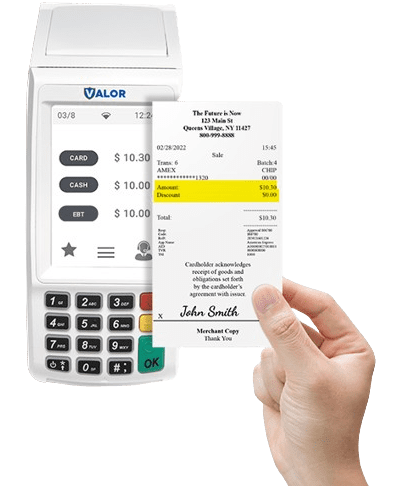Dual pricing is an effective strategy for businesses to manage costs associated with different payment methods. It involves charging customers differently based on whether they pay with cash or credit cards. This strategy not only helps businesses cover transaction costs but also offers advantages to consumers. Here’s how you can leverage dual pricing to benefit your business.
Understanding Dual Pricing: Dual pricing allows businesses to charge extra for credit card payments to cover processing fees, while offering cash discounts to customers who choose to pay with cash. This billing strategy is applicable across various business domains and sizes.
Maintaining Profitability: With dual pricing, you can keep your product prices consistent, charging higher prices only for card payments. This helps maintain your profitability, as you avoid fluctuating processing costs and ensure consistent margins regardless of the payment method chosen by your customers.
Consumer Choice and Transparency: Dual pricing gives customers the freedom to choose their preferred payment method. More budget-conscious customers may opt for cash to enjoy lower prices, while others may choose cards for convenience or rewards. Additionally, implementing a dual pricing strategy with clear, automatic calculations enhances transparency, building consumer trust.
Reducing Processing Costs: One of the key benefits of dual pricing is the significant reduction in credit card processing fees. By passing these costs to customers who choose to pay with cards, businesses can nearly eliminate the expenses associated with card transactions.
Seamless Pricing Display: Modern dual pricing programs integrate seamlessly with payment terminals, displaying both cash and card prices clearly. This ensures accurate pricing and avoids manual fee application, providing customers with transparent options.
Flexibility for Various Business Types: Dual pricing is not limited to specific industries. It’s a feasible option for a range of businesses, including growing companies and high-risk sectors. Finding a reliable payment processor that supports dual pricing can be crucial for its successful implementation.
Eliminating Surprise Costs: Dual pricing helps avoid the addition of unexpected surcharges at checkout, which can negatively impact customer trust and retention. By clearly delineating costs associated with different payment methods, customers can make informed choices without unpleasant surprises.
Conclusion
Dual pricing is a versatile and advantageous strategy for businesses looking to manage transaction costs effectively while offering flexibility and transparency to customers. By implementing this approach, you can maintain profitability, offer customer-friendly pricing options, and reduce the burden of credit card processing fees. Whether you’re a small startup or a large enterprise, dual pricing can be tailored to fit your business needs and help you navigate the complexities of modern payment processing.








